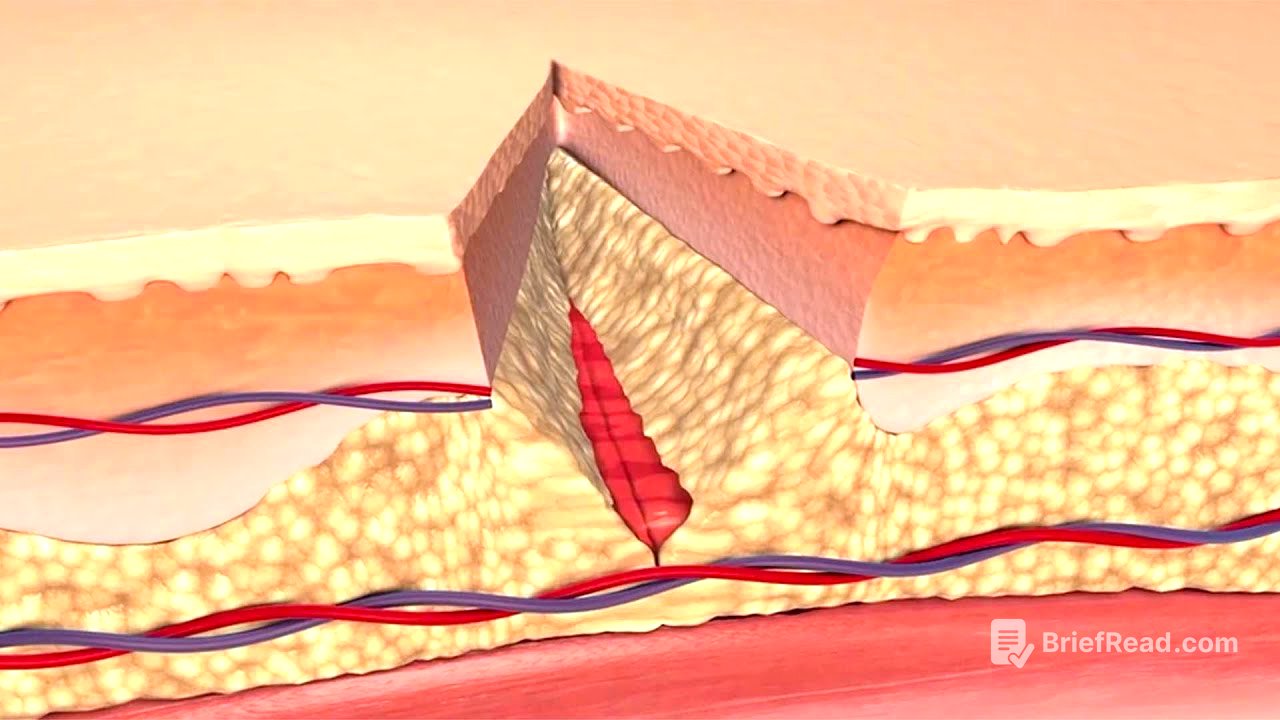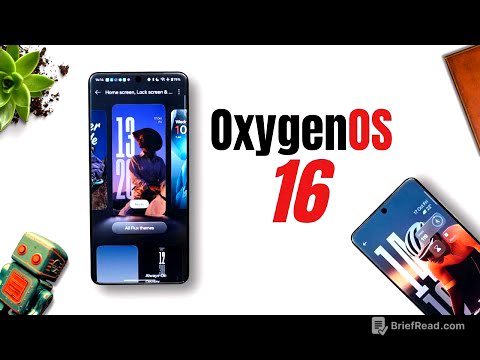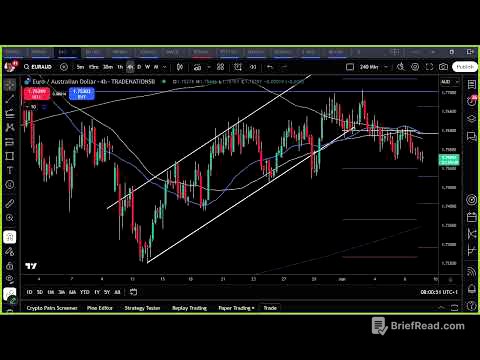TLDR;
This video explains the three-step process of skin wound healing: the inflammatory phase, the proliferative phase, and the remodelling phase. It details the cellular and molecular events that occur during each phase, including blood vessel constriction, clot formation, phagocytosis, collagen deposition, angiogenesis, and epithelialisation. The video also touches on keloid formation as a possible complication and its treatment.
- Wound healing is a three-step process: inflammatory, proliferative, and remodelling.
- The inflammatory phase involves blood clotting and white blood cells clearing debris.
- The proliferative phase includes granulation, collagen deposition, angiogenesis, and epithelialisation.
- The remodelling phase involves collagen reorganisation and scar formation.
- Keloids, an overgrowth of granulation tissue, can occur as a complication of wound healing.
Introduction to Wound Healing [0:01]
An injury to the skin, such as a cut, scrape, or puncture wound, results in the death of nearby cells and damage to underlying structures. This damage initiates a complex process aimed at repairing the skin. This overall process is known as wound healing.
The Inflammatory Phase [0:22]
The inflammatory phase begins immediately after the injury. Initially, blood vessels constrict to minimise blood loss. Platelets then arrive to plug the leak, initiating the clotting mechanism. This mechanism involves plasma proteins, known as clotting factors, which interact to form a fibrin clot. After the clot forms, the blood vessels vasodilate and become more porous, allowing white blood cells to migrate to the injury site. During phagocytosis, white blood cells consume debris and kill bacteria, reducing the risk of infection.
The Proliferative Phase [1:28]
The proliferative phase starts two days to three weeks after the injury. The first step is granulation, where connective tissue cells called fibroblasts deposit a collagen matrix. This matrix reinforces the wound and provides structure for other cells. Collagen then contracts, pulling the margins of the wound together. Simultaneously, angiogenesis, the growth of new blood vessels, begins, supplying oxygen to the repairing cells. Epithelialisation, the restoration of the protective skin barrier, occurs as epithelial cells migrate from the wound margins, protected by the scab, until they meet. Eventually, the scab falls off.
The Remodelling Phase [2:31]
The remodelling phase begins several weeks after the injury and can continue for years. During this phase, a new, more organised collagen matrix forms in the wound bed, and capillaries disappear, leaving an avascular scar.
Keloid Formation and Treatment [2:49]
One potential complication of wound healing is keloid formation. A keloid results from an overgrowth of granulation tissue that extends beyond the borders of the original wound and is primarily composed of collagen. Keloids are slow-growing, do not regress spontaneously, and tend to reoccur after excision. A common initial treatment involves multiple injections of corticosteroids to help reduce the size of the scar.

![AI in HR: What You Need to Know [2025]](https://wm-img.halpindev.com/p-briefread_c-10_b-10/urlb/aHR0cDovL2ltZy55b3V0dWJlLmNvbS92aS96c0hYSzFZNTd5RS9ocWRlZmF1bHQuanBn.jpg)







